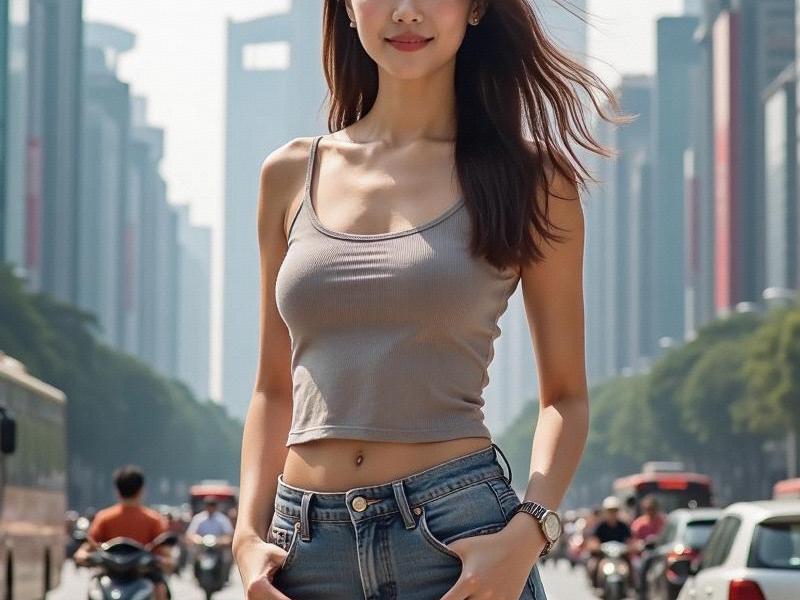This investigative report examines Shanghai's emergence as Asia's new cultural capital, tracing how post-industrial spaces transformed into thriving arts hubs while fostering creative exchanges across the Yangtze River Delta region.

In the shadow of Shanghai's glittering financial towers, a quieter revolution is unfolding. The city once known as "The Paris of the East" is reclaiming its cultural crown through an unprecedented arts renaissance that's rewriting the rules of urban creative development.
From Factory Floors to Gallery Doors
The transformation of industrial wastelands into cultural landmarks represents Shanghai's most striking urban metamorphosis. The West Bund cultural corridor, a 9.4km stretch along the Huangpu River, has converted abandoned aircraft hangars and cement factories into world-class museums and performance spaces. This $2.1 billion project now hosts the Long Museum, Yuz Museum, and Tank Shanghai - attracting over 6 million visitors annually.
"The speed of cultural infrastructure development here dwarfs anything in Europe or America," notes Claudia Wang, director of the West Bund Art Center. "We're seeing ten years of Western cultural evolution compressed into eighteen months."
夜上海最新论坛 M50's Creative Crucible
North of Suzhou Creek, the M50 art district demonstrates Shanghai's grassroots cultural energy. What began as spontaneous artist squatting in derelict textile mills has matured into China's most dynamic contemporary art scene, with 140 galleries and studios operating in the complex. Unlike Beijing's government-curated 798 district, M50 retains an edgy, organic character that international curators increasingly prefer.
Economic Impacts and Regional Synergies
Shanghai's cultural sector now contributes 7.3% to municipal GDP - surpassing both finance and manufacturing in growth rate. The creative economy's ripple effects extend throughout the Yangtze River Delta, with Suzhou establishing satellite artist communities and Hangzhou developing complementary digital art platforms. High-speed rail enables a daily exchange of ideas, with many artists maintaining studios across multiple Delta cities.
419上海龙凤网
The Biennale Effect
The Shanghai Biennale has emerged as Asia's most influential contemporary art exhibition, last year featuring 79 artists from 33 countries. Its 2025 edition will focus on "Fluid Cities," exploring cultural connections along the Yangtze River. The event's success has spawned numerous satellite fairs, making autumn the city's premier cultural season.
Preservation vs. Progress Tensions
爱上海同城对对碰交友论坛 Not all transformations proceed smoothly. Controversy surrounds the redevelopment of Tianzifang, where commercial pressures threaten the artistic character of the beloved labyrinthine neighborhood. Similar debates rage over the balance between tourist accessibility and creative authenticity in the French Concession area.
Global Cultural Exchange
Shanghai now hosts more international cultural exchanges than any Chinese city, with the newly opened Louvre Shanghai Partnership Space representing the most significant foreign museum outpost in Asia. Meanwhile, local artists like Xu Zhen (MadeIn Company) are gaining unprecedented global recognition, exhibiting at Venice Biennale and Documenta.
The Future Canvas
As Shanghai prepares to become UNESCO's next "City of Design," its cultural ambitions show no signs of slowing. Planned developments include the world's first digital heritage center at the Power Station of Art and an artist-in-residence program linking Shanghai with Berlin and New York. This cultural flowering positions Shanghai not just as China's window to the world, but as the world's window to China's creative future.